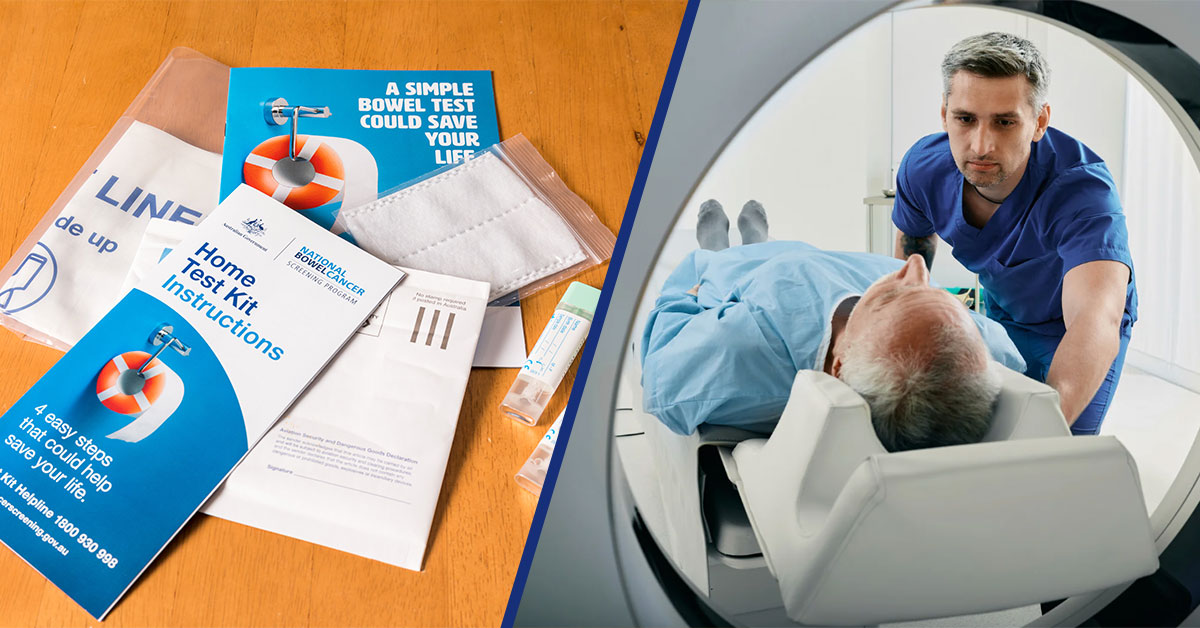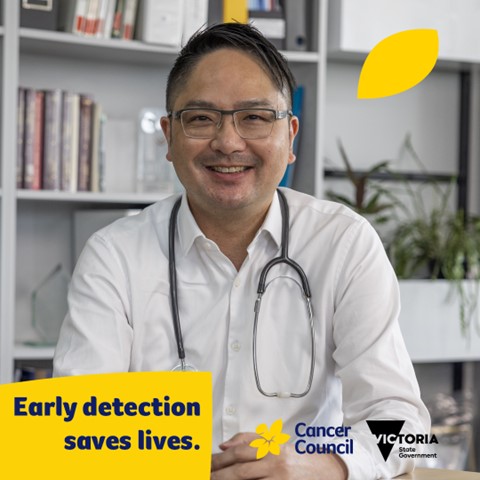
In a Star Weekly article earlier this year, North Western Melbourne Primary Health Network CEO Christopher Carter encouraged all of us to increase our screentime.
But when should I have a screening test and when should I see my doctor for diagnostic tests?
In Australia we are very fortunate. We have excellent free screens for three of the most common types of cancer – cervical, breast and bowel. And from July 2025 there will also be free screens for another major killer, lung cancer.
However, not all tests are created equal, and sometimes it is better to see your doctor to arrange a diagnostic test instead of a screening test.
But what is the difference?
Screening tests are designed to pick up early disease in people who have no symptoms.
Diagnostic tests are designed to check for a disease when symptoms are present – or when a screening test result is unclear.
In other words, screening tests apply to everyone. Diagnostic tests apply only to you.
When should you ask for a diagnostic test from your doctor?
If you have a screen that may – or may not – show early signs of cancer, you will be urged to make an appointment at your usual general practice – which will have received your screening results.
But sometimes you might notice some concerning symptoms all by yourself – and then you should make an appointment. If the symptoms turn out to be the first signs of cancer, then early treatment is always the best strategy. And if they don’t, then peace of mind is a wonderful thing!
Here are some of the symptoms of diseases to look out for.
Cervical cancer

Symptoms of cervical cancer can include:
- vaginal bleeding between periods
- menstrual bleeding that is longer or heavier than usual
- bleeding after intercourse
- vaginal bleeding after menopause.
If you have any of these symptoms, see your doctor.
Anyone with a cervix, whether you are straight, lesbian, gay, bisexual or transgender, can get cervical cancer.
At your appointment, your doctor may perform a more detailed examination of your cervix. The diagnostic test is more like an old-style previous pap smear test than the new self-collected screening test.
Your doctor may also arrange referral for specialist examination of the cervix.
For more information about cervical cancer see this guide from the Cancer Council.
Breast cancer
Symptoms of breast cancer can include:
- a new breast lump
- nipple discharge
- a newly inverted nipple or change in nipple shape
- change in breast size or shape
- dimpling of the breast skin
- discomfort or swelling in the armpit
- rash or red swollen breasts
- ongoing pain that is not related to your menstrual cycle that remains after your period and occurs in only one breast
- any other changes in the breast.
Most breast cancers occur in women, but men, trans and gender-diverse people can also get the disease.
If you have any of these symptoms, please see your doctor to arrange the appropriate diagnostic tests.
A diagnostic mammogram is more detailed than a screening one. An ultrasound test may also be performed.
For more information about breast cancer see this guide from the Cancer Council.
Bowel cancer
Symptoms of bowel cancer can include:
- changes in bowel habit including diarrhoea, constipation or the feeling of incomplete emptying
- a change in the appearance or consistency of bowel movements such as thin stools
- blood in the stools
- abdominal pain, bloating or cramping
- anal or rectal pain
- a lump in the anus or rectum
- weight loss, unexplained fatigue or tiredness
- anaemia (pale complexion, weakness and breathlessness)
- blood in the urine, passing urine frequently or during the night
- changes in urine colour to dark, rusty or brown.
If you have any of these symptoms you should see your doctor. Your doctor may do a detailed examination and arrange more in-depth testing.
This might include a blood test, a poo test or referral for an examination of your bowel.
For more information about bowel cancer, see this guide from the Cancer Council.
Lung cancer
Symptoms of lung cancer can include:
- coughing or spitting up blood,
- a new cough that does not go away
- shortness of breath
- changes to the voice such as hoarseness
- chest pain
- a chest infection that lasts more than three weeks or keeps coming back
- enlarged fingertips
- loss of appetite, unexplained weight loss, or tiredness.
If you have any of these symptoms you should see your doctor, who may do a detailed examination and arrange further tests.
These might include blood tests, an x-ray or a CT scan of your chest and lungs.
For more information about lung cancer, see this guide from the Cancer Council.
All cancers are most effectively treated when detected early. So your best defence is to make sure you have all the screening tests you can. They are free, easy, and simple to arrange.
For more information about how to receive free cancer screening, see this guide from the Cancer Council Victoria.






